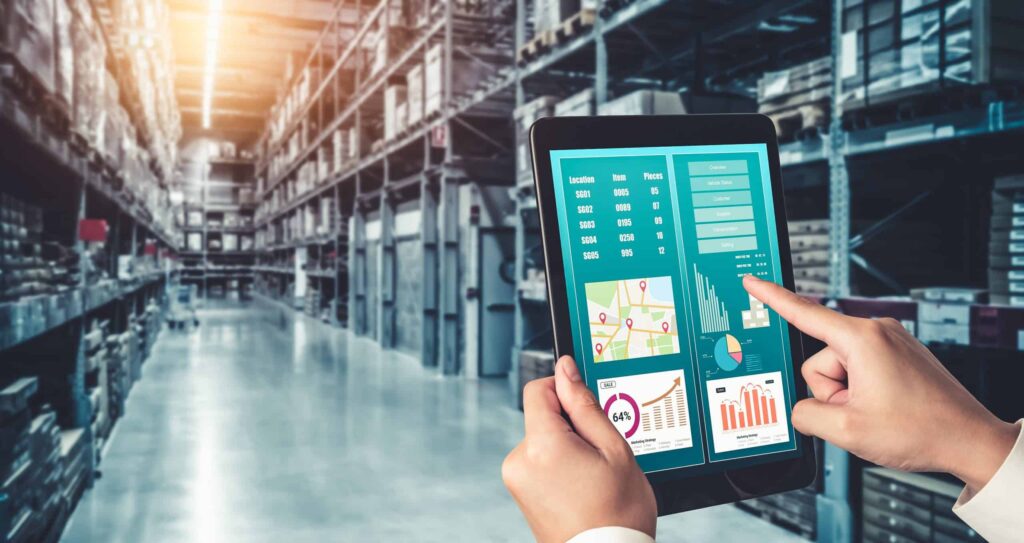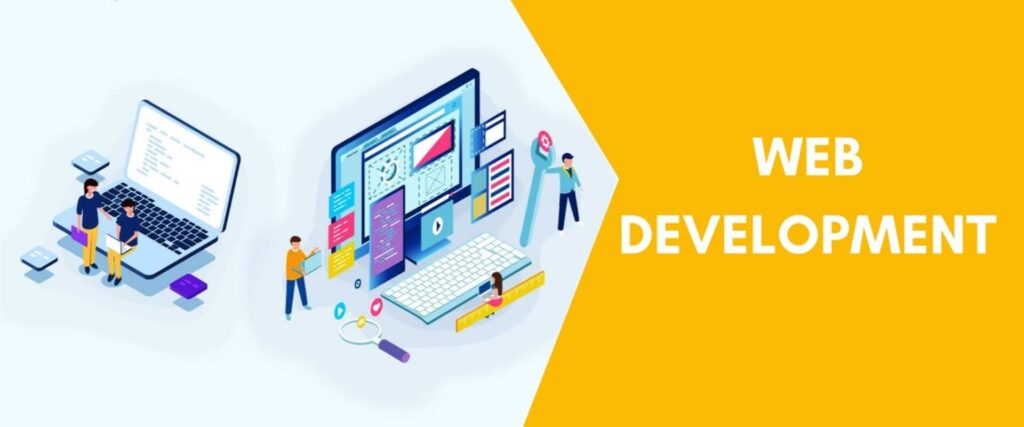
Table of Contents
Introduction
Are you tired of long lines and waiting for your food at restaurants? Do you want to have your favorite meals delivered right to your doorstep? The rise of food delivery apps has made it possible, and with the current pandemic situation, it is an industry that’s booming. However, creating a successful food delivery app requires more than just a good idea. In this complete guide, we’ll take you through every step involved in developing a food delivery app – from ordering to delivering. So buckle up and get ready to learn everything there is about making your own killer food delivery app!
-
Why Develop a Food Delivery App?
There are a number of reasons to develop a food delivery app. First, it can save you time and money by eliminating the need to go to the grocery store or restaurant. Second, it can help you stay healthy by allowing you to order healthy meals and snacks. Third, it can provide you with a convenient way to get your food when you’re on the go. Lastly, it can give you peace of mind knowing that your food is being delivered right to your doorstep.
- How to Develop a Food Delivery App?
Developing a food delivery app may seem like a daunting task, but with the right planning and execution it can be a successful endeavor. There are a few key things to keep in mind when developing your app:
2.1 Make sure the ordering process is simple and user-friendly. The last thing you want is for customers to get frustrated with your ordering system and go elsewhere.
2.2 Make sure your delivery process is efficient. Customers will be expecting their food to arrive quickly and without any issues.
2.3 Keep your pricing competitive. With so many food delivery options available, customers will be looking for the best value for their money.
2.4 Offer promotions and discounts regularly. This will help keep customers coming back to your app instead of trying out one of the many other options available.
- What are the Key Features of a Food Delivery App?
One of the key features of a food delivery app is the ability to order food from restaurants that are not typically delivered. This means that users can order from a wider range of restaurants, as well as have their food delivered faster. Another key feature is the ability to track one’s order, so that users can see where their food is and how long it will take to arrive. Additionally, many apps now offer the ability to pay via credit card or PayPal, which makes it easier and more convenient for users to pay for their food.
-
Case studies of successful hospital mobile apps
Patients are increasingly using mobile apps to manage their health and connect with their care providers. Hospital mobile apps can play a significant role in improving patient satisfaction, engagement, and outcomes.
There are many examples of successful hospital mobile apps that have been developed to address specific needs of patients and hospitals. One such app is MyChart, which was developed by Epic Systems Corporation. MyChart allows patients to securely access their medical records, schedule appointments, and message their care providers. The app has been shown to improve patient satisfaction and engagement with their care.
Another successful hospital mobile app is CareZone, which was developed to help patients manage their medications and refill prescriptions. The app also provides a way for patients to keep track of their medical appointments and lab results. CareZone has been shown to improve patient medication adherence and health outcomes.
Hospital mobile apps can provide a wide range of benefits to both patients and hospitals. These apps have the potential to revolutionize healthcare by improving patient satisfaction, engagement, and outcomes.
- The future of healthcare with mobile apps
The healthcare industry is rapidly evolving and mobile apps are playing a big role in this revolution. Hospital mobile app development is helping to streamline processes, improve communication and collaboration between care providers, and ultimately provide better patient care.
There are many exciting things happening in the world of hospital mobile app development. Here are just a few examples of how these apps are changing the healthcare landscape:
1. Enhancing communication and collaboration between care providers
With hospital mobile apps, care providers can easily communicate with each other and share important information. This helps to improve coordination of care and ultimately leads to better patient outcomes.
2. Streamlining processes
Hospital mobile apps can help to streamline many different processes, from appointment scheduling to medication management. This not only saves time for care providers, but also helps to reduce errors and improve efficiency.
3. Improving patient engagement
Mobile apps can help patients stay informed and engaged in their own health and wellness. Through features like appointment reminders and educational content, patients are more likely to stay on top of their health and make healthy choices.
4. Reducing costs
By improving communication, coordination, and patient engagement, hospital mobile apps can help to reduce overall healthcare costs. In fact, one study found that a hospitals’ use of a discharge planning app resulted in a savings of over $600 per patient.
Share Article:
Conclusion
Hospital mobile app development has revolutionized healthcare through enhanced patient experience, better communication between doctors and patients, improved staff productivity, minimized paperwork and cost savings. With this technology in place, hospitals are now able to provide more efficient services to their patients while allowing them to access their medical records anytime and anywhere. All these features have contributed greatly towards the improvement of quality care in the health sector. As such hospital mobile app development will remain an integral part of modern healthcare for years to come.
Table of Contents


Effortless Inventory Control: Streamline Your Business with Our Customer-Centric Inventory Management Solution

Transform Your Online Presence with Premier Web Development Services in California


Related Articles

Navigating the Digital Classroom: The Future of Online Learning Management Systems

Effortless Inventory Control: Streamline Your Business with Our Customer-Centric Inventory Management Solution



